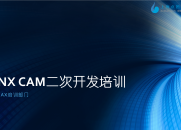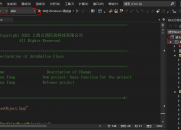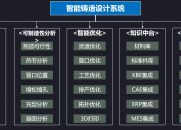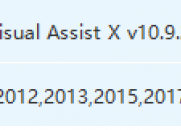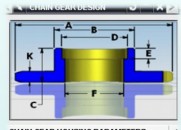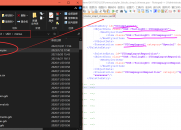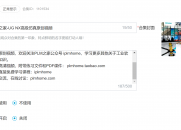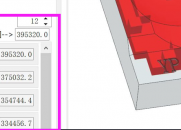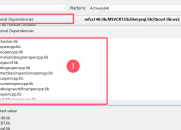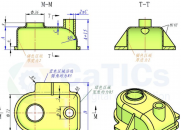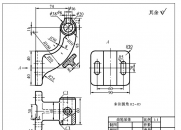|
|
请使用QQ关联注册PLM之家,学习更多关于内容,更多精彩原创视频供你学习!
您需要 登录 才可以下载或查看,没有账号?注册

x
4GD has several advantages over previous generations of data management systems:0 r/ n; X6 T0 W7 n
• Flexible organization of design data
O8 A, |- B7 n" lThe collaborative design content can change dynamically as the design evolves.
7 D; {0 `! N* N9 Q2 ADesigners are not limited to viewing the product in predefined subassemblies.
9 N( T- b2 G5 g3 B+ S6 k• Independent lifecycles" W9 G" [ A2 Q ?$ A
Each design element has its own lifecycle. You are not limited by the lifecycle9 M, C& G" }5 C+ M# S7 A
of traditional assemblies. Each design element has its revision and status.
1 `/ v( ]: V/ X& l4 O# A% \7 X* HLikewise, the CAD design owns its position and geometry." K: y) F; p& |1 m7 O
• Multiple hierarchical views. l* w2 z; @8 `0 L
In a traditional product structure, each component is placed in an assembly. To. A( L; ]* J8 X' Z3 D0 @
view a component, you must load its parent assembly. Using 4GD, a design$ Y& p7 I% u& ]( S5 k
element can appear in multiple partitions and subsets of the product. When
; V, C: Y1 q5 Y; `/ ^a designer views partitions that may contain the same design element, 4GD' c3 a1 ]! I N, F/ |% N
displays only the unique design elements.
. H: L! A0 J& V' W2 O" R• Very large data sets6 A. M/ ~$ {* E
Because there is no concept of a structure, very large data sets can be managed4 R9 E: B/ I9 A' _
efficiently . Teamcenter loads collaborative designs much more quickly than
$ j" o6 Z" X' d$ @' o5 C* J) Ktraditional assemblies.9 v, l. A4 K4 @3 r, \
• Minimal data locking
; z2 [3 | k0 U/ V' M Z! A- HDesigners check out only the design elements they need. To reposition a design
5 | `/ X; w8 s8 j- Aelement, there is no parent assembly to check out and lock.
9 W) o4 M, G; p, }+ u8 Q• Efficient working sets4 |9 w3 I% n+ R6 I7 T
Designers can work with adjacent design elements, without having to check out
. Z, y3 w. }0 Q2 s4 `) X9 x# Lthe next highest parent assembly that contains all the design elements.+ {* D# Q& U" u
• Concurrent work capabilities8 z: a4 V+ e" K6 I. s- S1 G
Because designers access the design elements in their workset using a dynamic6 N5 \% J2 C& f/ G
recipe instead of a rigid subassembly, the context of the workset can be updated5 R; r; j( E1 p& O' z+ H2 R$ m
to include new design elements created by other designers. For example, if the
+ z( f! `& Y9 v. R3 V! Crecipe searches for all design elements within a spatial volume, reapplying the
, b- @* m) \; Trecipe opens any new design elements within that volume. |
|

